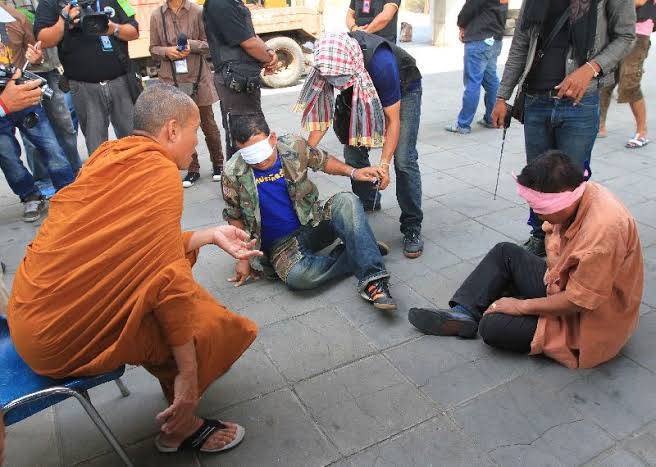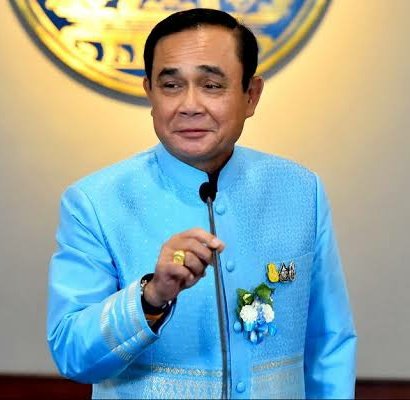
เทรด: ปีที่แล้วผมเขียนบทความว่ายุคเหลืองแดงในไทยยังไม่จบ รูปนี้ถ่ายไว้ประมาณอาทิตย์ก่อน ช่วงวันที่ 14 ตุลา /1 

สิ่งที่แยกเหลืองแดงจากกันเมื่อสิบปีที่แล้ว คือแนวความคิดเรื่องผู้แทน ความเท่าเทียมกันภายใต้กฎหมาย ความเป็นกฎหมายสูงสุดของรธน. และบทบาทของราชวงศ์และทหารในประเทศไทย /2
คนรุ่นใหม่เติบโตมาโดยที่ต้องคอยดูการต่อสู้นี้เกิดขึ้น และเกิดความรู้สึกแย่กับพฤติกรรมของฝ่าย “เหลือง” ก็เลยต่อต้านขึ้นมาแบบสุดใจ ปฏิเสธรอยัลลิสต์ และความไร้ประชาธิปไตยของไทย /3
เป็นผลให้คนรุ่นใหม่กลายเป็นเพื่อนร่วมทางเดียวกับคนเสื้อแดงซึ่งเป็นปรปักษ์กับคนเสื้อเหลือง ที่ตอนนี้กำลังออกมาปกป้อง “ชาติ ศาสน์ กษัตริย์”/4
เราได้เห็นคนเสื้อแดงออกมาอีกครั้ง โดยให้คนรุ่นใหม่เป็นผู้นำทิศทาง และมีพวกเขาที่กระตือรือร้นคอยให้ความสนับสนุน คนรุ่นใหม่ได้เข้าร่วมการต่อสู้ที่มีมาตลอดนี้แล้ว แต่การต่อสู้ก็ยังคงไม่เปลี่ยนแปลง /End
ลิ้งค์มีภาษาไทยด้านล่างครับ
newmandala.org/is-the-era-of-…
ลิ้งค์มีภาษาไทยด้านล่างครับ
newmandala.org/is-the-era-of-…
• • •
Missing some Tweet in this thread? You can try to
force a refresh














